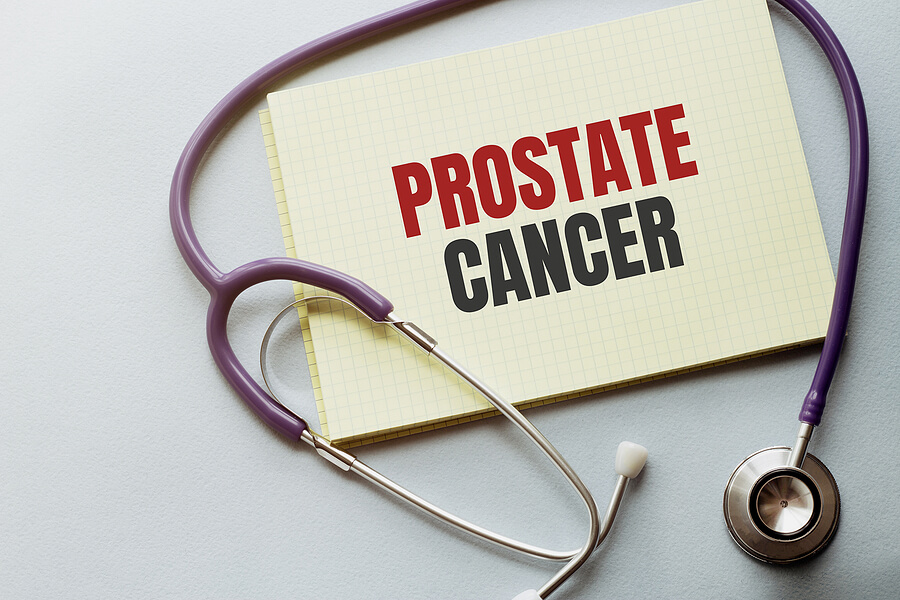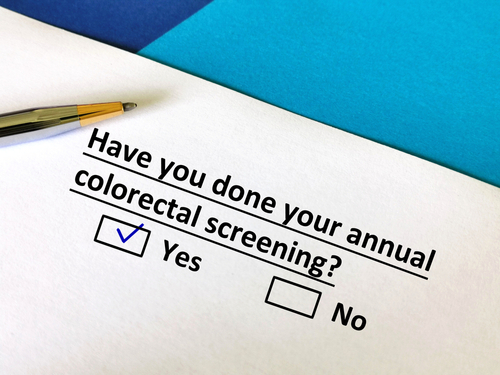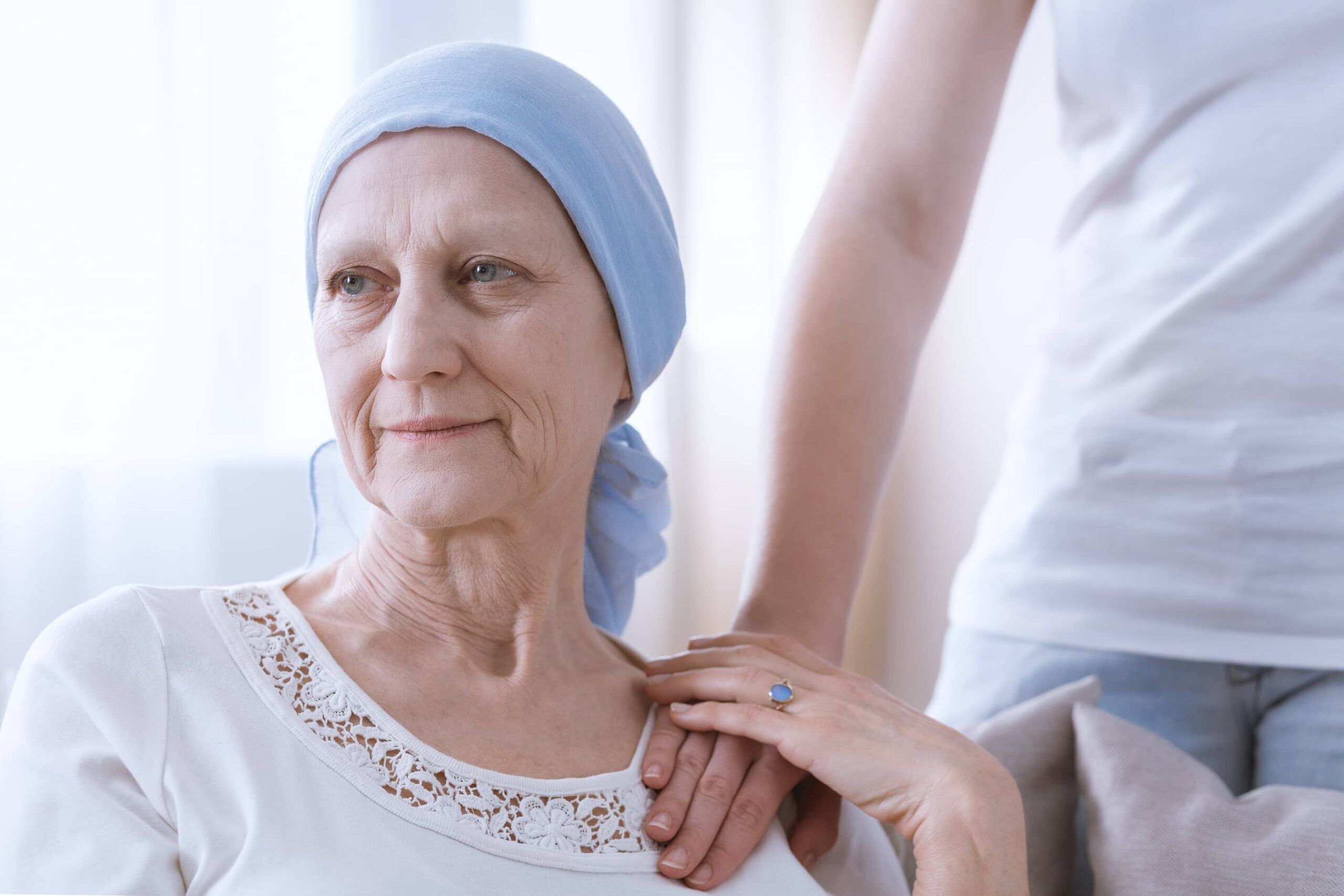Prostate Cancer Life Expectancy
Category:

Prostate cancer and life expectancy can be scary to think about but there are treatments to prolong life, such as chemo, radiation, and hormone therapy. In this post, we will examine the information you will need for prostate cancer life expectancy.
Life Expectancy After Prostate Cancer Diagnosis
Prostate cancer is often diagnosed early, making the long-term prognosis quite encouraging. According to the American Cancer Society, the below figures represent a patient’s chance of survival compared to those without prostate cancer. Keep in mind that these numbers represent all stages of prostate cancer, which means it will not accurately depict an individual’s prognosis.
- 5-year relative survival rate of nearly 100 percent%
- 10-year relative survival rate of 98%
- 15-year relative survival rate of 95%
In the next section, we will take a look at the effects of treatment on prolonging one’s life as well as the details of advanced prostate cancer life expectancy.
Life Expectancy After Prostate Cancer Treatment
It is nearly impossible to determine prostate cancer life expectancy without treatment but many of those diagnosed opt not to undergo procedures because of a short life expectancy or other serious medical issues. Below, we will take a look at some of the treatment options and their side effects. Consult your doctor about side effects you may experience to help make your decision.
Hormone Therapy for Prostate Cancer Life Expectancy
Hormone therapy prevents your body from producing androgens, which fuel prostate cancer cells. While it will not cure your cancer, it will add years to your life and make you feel better. On average, hormone therapy can prevent the advancement of cancer for two to three years, sometimes longer. However, depending on what type of therapy you take, you can experience fatigue, nausea, weight gain, development of breasts, diarrhea, and others.
Life Expectancy After Prostate Cancer Radiation
Radiation therapy works by using high-energy rays to kill or damage cancer cells. Those treated with external-beam radiation therapy have a cure rate of 91.3% for high-risk prostate cancer and 95.5% for intermediate-risk prostate cancer. Additionally, the five-year survival rate of this treatment is 98.8% overall. Side effects of this treatment include incontinence, loose stools, painful urination, rashes, and blisters. Additionally, those who have undergone this treatment are instructed to stay away from pregnant people and children due to the radiation’s harmful effects. The radiation also may be strong enough to be picked up in an airport screening.
Advanced Prostate Cancer Life Expectancy After Chemo
When prostate cancer spreads to lymph nodes, your life expectancy can be lengthened through chemotherapy. Advanced prostate cancer, or metastatic prostate cancer, is when the cancer spreads to other organs in your body. Through chemo, cancer-fighting drugs circulate through your blood to kill or eliminate cancer cells at sites far away from the original cancer. Survival rates vary for these procedures. Specifically, Docetaxel can extend metastatic prostate cancer life expectancy by 57.4 months when administered with androgen-deprivation therapy. Side effects of chemo include hair loss, mouth sores, nausea, vomiting, diarrhea, fatigue, and an increased risk of infection.
Subscribe
Date: September 1, 2020
Category:


